




Table of Contents
- Introduction
- Ugadi
- Gudi Padwa
- Baisakhi
- Bohag Bihu
- Cheti Chand
- Conclusion
- Faq's
Introduction
The arrival of spring brings with it a tapestry of colorful festivals celebrated with joy and enthusiasm across India. From Ugadi in South India to Gudi Padwa in Maharashtra, Baisakhi in Punjab, Bohag Bihu in Assam, and Cheti Chand in Sindhi communities, each festival holds unique cultural significance and traditional rituals. In this article, we delve into the rich tapestry of these diverse festivals, exploring their significance, traditions, and festive fervor.
Ugadi
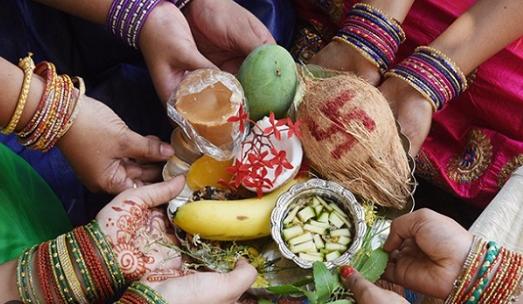 Ugadi Celebrations
Ugadi Celebrations
Significance: Ugadi marks the beginning of the Hindu lunar calendar and symbolizes new beginnings, prosperity, and growth.
Traditions: Families clean their homes, prepare festive feasts, and decorate entrances with mango leaves and colorful rangoli patterns. The day begins with ritualistic prayers, followed by the exchange of traditional gifts and visiting temples.
Gudi Padwa
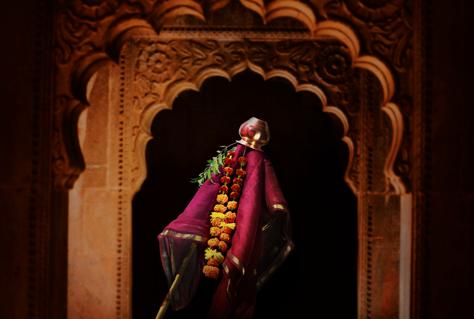 Gudi Padwa Celebrations
Gudi Padwa Celebrations
Significance: Gudi Padwa, also known as Maharashtrian New Year, celebrates the onset of spring and the Maharashtrian calendar's first day.
Traditions: Families erect Gudis, adorned with colorful fabrics, flowers, and neem leaves, outside their homes as a symbol of prosperity and good fortune. Special dishes like Puran Poli and Shrikhand are prepared to mark the occasion.
Baisakhi
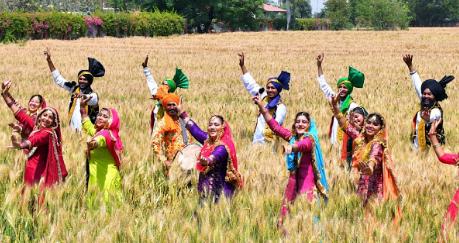 Baisakhi Celebrations
Baisakhi Celebrations
Significance: Baisakhi holds religious significance for Sikhs, commemorating the formation of the Khalsa Panth by Guru Gobind Singh Ji in 1699. It also marks the harvest festival in Punjab.
Traditions: Sikhs visit gurdwaras, participate in Nagar Kirtan processions, and enjoy festive gatherings with traditional music, dance, and food. Farmers express gratitude for a bountiful harvest by offering prayers in the fields.
Bohag Bihu
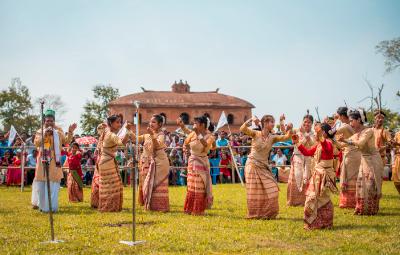 Bohag Bihu Celebrations
Bohag Bihu Celebrations
Significance: Bohag Bihu, also known as Rongali Bihu, marks the Assamese New Year and the onset of the agricultural season.
Traditions: The festival is celebrated with traditional dances like Bihu, community feasts, and cultural performances. Young people exchange bihuwan (gifts) and seek blessings from elders.
Cheti Chand
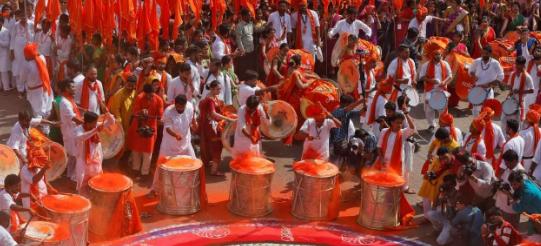 Cheti Chand Celebrations
Cheti Chand Celebrations
Significance: Cheti Chand celebrates the birth anniversary of Sindhi patron saint Jhulelal, and marks the beginning of the Sindhi New Year.
Traditions: Sindhis offer prayers at temples, visit Jhulelal Mandirs, and participate in cultural programs and processions. The festival is characterized by traditional music, dance, and feasting.
Conclusion
The festivals of Ugadi, Gudi Padwa, Baisakhi, Bohag Bihu, and Cheti Chand epitomize the cultural diversity and rich heritage of India. These celebrations not only signify the arrival of spring but also foster unity, harmony, and a sense of community among people of diverse backgrounds. By embracing the traditions and festivities associated with these festivals, individuals come together to celebrate the spirit of joy, renewal, and abundance.
explore further
Latest from Contemporary ideas
More from Innovations
Resources
Dwello, for every home buyer, is a way to go from 'I feel' to 'I know', at no extra cost.




